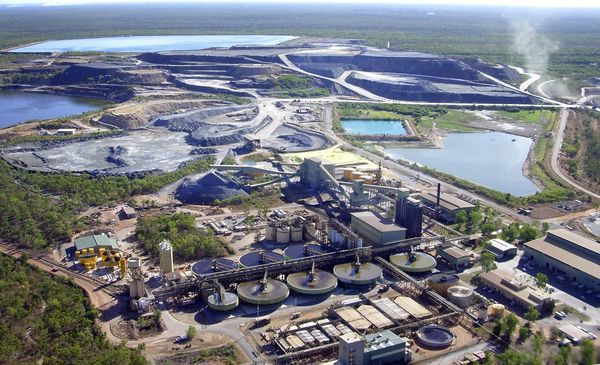Mining
Overview
For many years, the mining debate has been fuelling the speculation about Kakadu’s future for decades, on one side of the debate are the mining companies, which looks to export Australia’s minerals overseas to make money and benefit the economy and on the other side are The Aboriginal Owners, The land rights activists and environmentalists who want the mining stopped, to preserve the beautiful wilderness that Kakadu is.
Where is the land in Kakadu where
this debate has been going on?
The Australian Government gave the Jabiluka Mine the go ahead in 1997, but the environmentalists campaigned against it so hard, that it was held up and stopped. The debate about the new Jabiluka mine is continuing today and neither side is preparing to back down. This is where the mining debate is at its most heated.

Against the new Jabiluka mine in Kakadu is The Mirrar Tribe, The traditional Aboriginal People who own this land. Also with the Mirrar Tribe are environmentalists, who joined forces with the Aboriginals and Land rights activists in their “battle” against the mine. The environmentalists wrote to the World Heritage Bureau in
Up against them is the powerful mining company ERA (Energy Resources Australia) who say that the mine is worth over $4 billion to the Australian economy and will apparently have little impact on the surrounding Area. The Australian Government did give the go ahead to the mine in 1997, but it was stopped by the environmentalists.
in the mining debate in
On One Side
The Environmental
Concerns of the new mine in
Many environmentalists have said that the new Jabiluka mine will be a “hole in a donut”, and it certainly seems the case. The Jabiluka site is surrounded by the beautiful World Heritage Kakadu Wetlands. If the politicians say the mine will have little or no impact on the surrounding area, then the chances of that happening are quite small. The mine would without doubt further contaminate the already contaminated
Many environmental groups including The Virginia Young Society claim that the toxic waste that’s in the ground as a result of mining will have to managed and monitored for 300,000 years!! It may not be that long, but the scar left by the mine will be there for many thousands of years in the future.
The land also holds a huge amount of cultural significance to the Mirrar Aboriginal Tribe, who has been living on the land for over 50,000 years. The Aboriginal Tribe has many sacred sites in Kakadu, which would without a doubt be affected by the mine. The Mirrar people also believe that the mine would not bring any financial benefits to them, and they quite right, for it is obvious that after over 20 years of uranium mining from the Ranger mine, they know that the debit and the negative sides of the mine outweigh the credit and positive sides by far. And it is obvious; a mine will leave a bitter ugly mark in the beautiful landscape for many years to come.

And On The Other Side….
The Value to local and
Australian Economy:
The Uranium Mines in
Located 250km west of
On a National Scale, the new Jabiluka Mine will alone provide a $4 billion dollar boost to the Australian Economy, which will help in a time of financial uncertainty. Overall the mines combined will provide well over
$6 billion. This will help the Australian economy well.
Nuclear demand is increasing at the moment with over 442 commercially operated power stations around the world. And with 30 new ones being constructed in


By Nick W